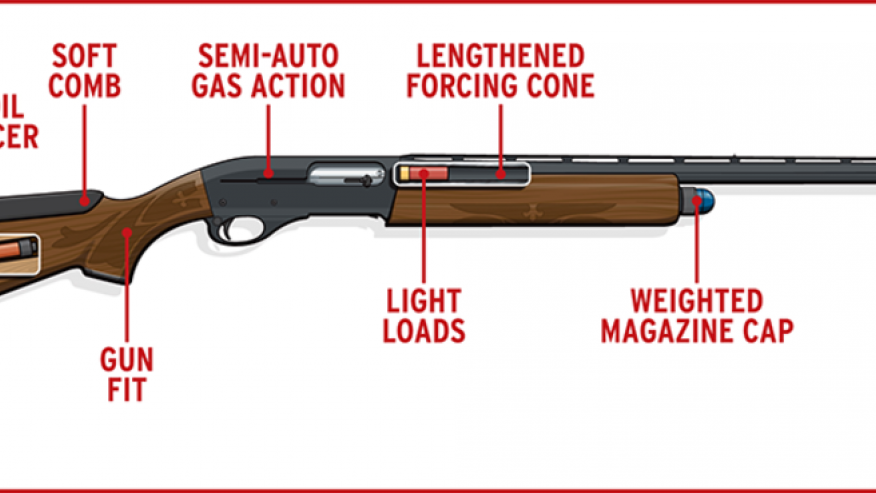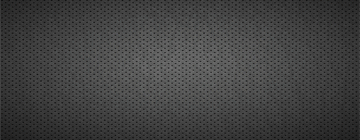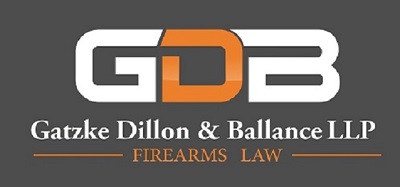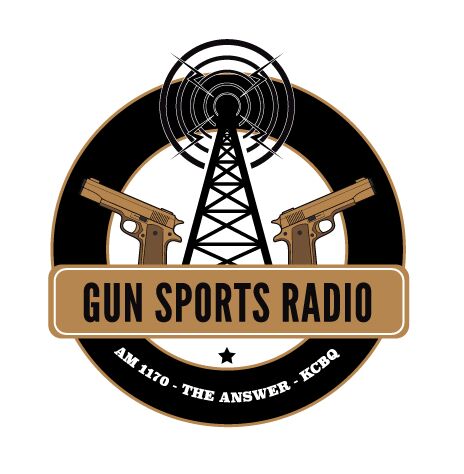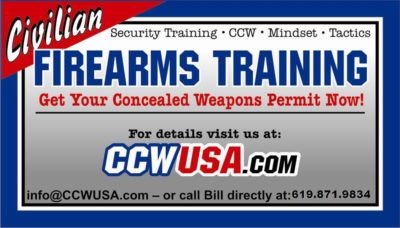“Recoil can make shotgunning less enjoyable, and it can make you miss, too. It’s easy to get kicked into poor shooting form by a gun that hurts you. In my time coaching high school trap shooters, I have seen kids improve dramatically once they used a softer-shooting gun or load. I have also seen recoil beat young shooters into bad habits, and even seen one who quickly burned out on the sport after one year from too much recoil too soon.
“Recoil” and “kick” are actually two different, but related, things.
Recoil is a factor of gun weight, payload weight and payload velocity. Plug those numbers into a formula (or an online recoil calculator) to find how much a gun recoils, measured in foot/pounds.
Kick, or felt recoil, is more subjective. It’s how that recoil feels when you shoot the gun. Two gun/load combinations with identical recoil can kick differently.
Reducing both recoil and felt recoil will make you a happier, better shooter, and below I explain the numerous ways to do it. The shotgun in the illustration here is an artist’s conception of a gun with every one of those recoil reducers added. While you can’t buy this gun off the shelf, I bet it exists somewhere, and you might spot it in the gun rack at a trap shoot or sporting clays event. It will weigh a ton, swing smoothly…and you’ll hardly feel it go off.
REDUCING RECOIL
Light Loads: The most effective recoil reducer is a lighter, slower shotshell. An extra eighth of an ounce of shot or 100 fps of velocity increases recoil exponentially. Choose target ammunition with lighter, slower payloads, such as 1-ounce, 1180fps loads; or even Federal’s 7/8-ounce, 1200 fps 12 gauge Top Gun load.
In a 20 gauge, Fiocchi’s ¾ ounce Trainer load shoots very softly and is great for beginners. I handload 7/8- and ¾-ounce 12 gauge loads, and always start new shooters with them.
Gun Weight: The heavier the gun, the less it recoils, which is one reason target guns, which are shot a great deal, weigh more than field guns, which are carried more and shot less. “Gauge” isn’t part of the recoil equation, either. A heavy 12 gauge will recoil less than a light 20 gauge if both shoot similar loads. Often when middle school-age kids join our trap club, they bring short 20-gauge youth pumps that kick surprisingly hard because they are so light. I’ll often put an 8 ½-pound 12-gauge trap gun in their hands and watch them start hitting targets right away. The reduction in recoil is significant. If your primary use for a shotgun will be target shooting, or waterfowling or dove hunting, where guns are carried very little, don’t be afraid to buy a heavier gun.
Weighted magazine caps Available for a variety of pump and semiautos, weighted caps replace the factory cap to add up to half a pound of weight to the front of the gun, reducing recoil and muzzle rise, while also smoothing your swing. Briley Manufacturing and Graco offer both caps for several guns as well as weights that clamp onto a gun’s barrel for about $50.
Stock-mounted recoil reducers: Adding up to a pound to the weight of a gun once installed in the stock, these reducers can sometimes be dropped in, while in other guns they need to be installed by a gunsmith. Graco sells the BreakO reducer for $55-$65.
REDUCING KICK
Gas-operated semiautomatic action: After light loads, gas semiautos are the most effective recoil reducers. Gas semiautos generate the same recoil as other types of guns, but because recoil is stored, then released, by the gun’s internal moving parts, that recoil is spread out over a longer time. It feels more like a push than a punch. The Remington VersaMax and 1100/11-87 are the softest-shooting gas guns I’ve tried, with the Browning Maxus and Silver following next.
Soft Comb: A gunsmith can add a soft comb to a wood stock. There are also inexpensive comb pads that stick onto your stock, although those will raise the stock dimensions. A few factory guns like the Remington Versa Max and several Benellis come with factory soft combs. Otherwise it costs about $225 to have a gunsmith add one to your shotgun.
Barrel Ports: Barrel ports vent some of the expanding gasses up and out of the barrel, reducing muzzle rise. Ports help keep a gun recoiling back into your shoulder instead of up into your face. Some guns come with factory ports, while a number of companies can cut ports in a barrel. Mag-na-Port, the original port cutter, charges $100 for a single barrel and $155 for an over/under.
Recoil pad: High performance recoil pads, both factory and aftermarket, are a big improvement over the standard hard rubber buttpad found on many guns. Both pre-fit and grind-to-fit pads are available. There are several good brands available, such as KickEez and the Pachmayr Decelerator, but Sims Limbsavers offer the most pre-fit choices. They cost about $40, and having one installed by a gunsmith, who will grind the pad to fit, usually costs $50-$60.
A soft pad is probably the best recoil reducer in terms of return on investment. They don’t cost much and they really work.”
Be sure to follow us on Facebook, Instagram or Twitter, buttons are on the right side of the page.
If you like what you see here please share the site with a friend and also sign up for our free email Newsletter at the bottom of the page!
#firearms #firearmstraining #guns #handguns #rifles #shotguns #shooting #shootingsports #ammo #gunsmith #2a #selfdefense #competitiveshooting #froglube #competitionshooting #molonlabe #nra #National Rifle Association
By Phil Bourjaily

